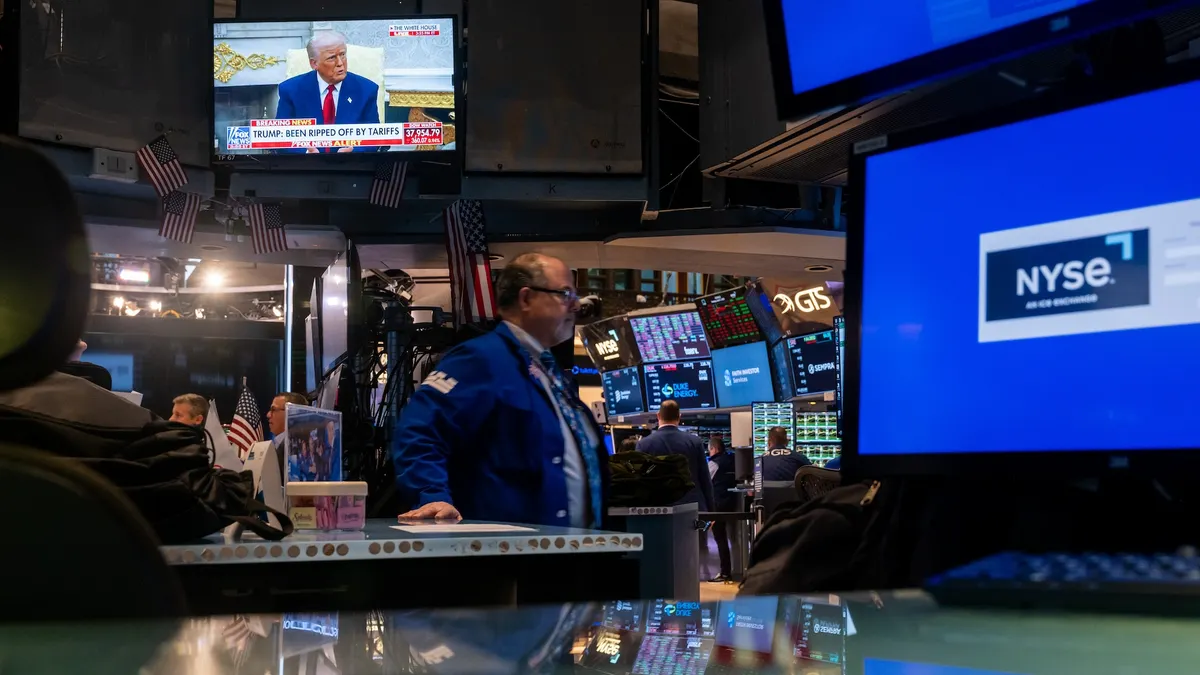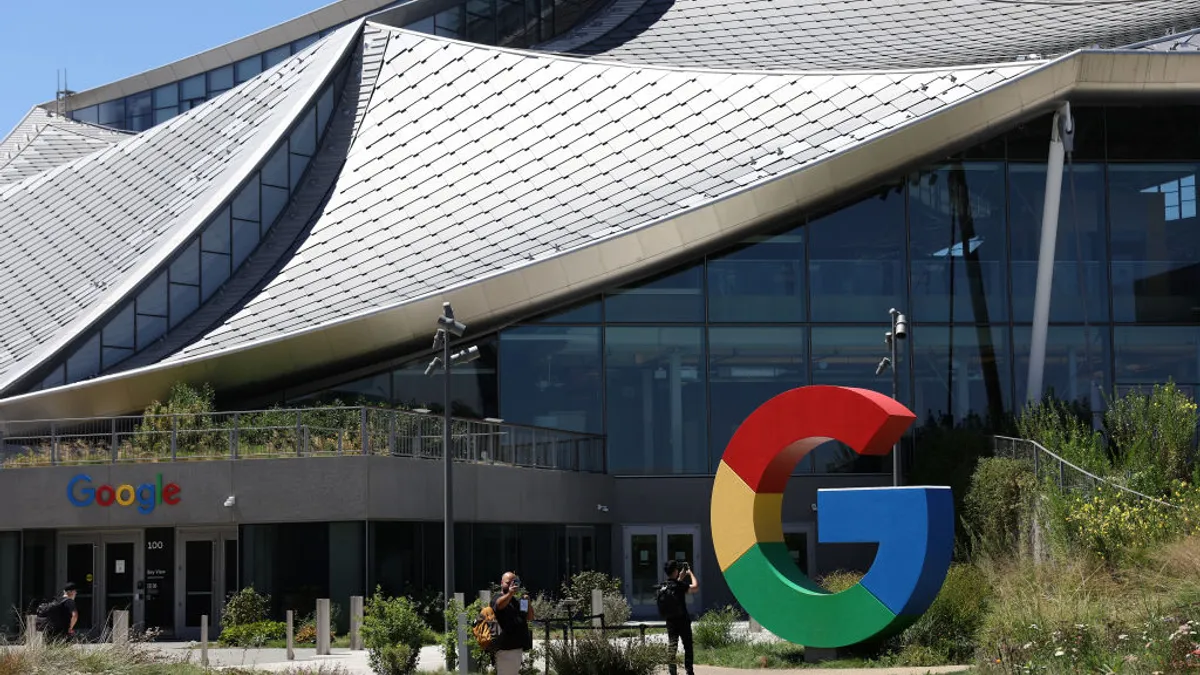The auto-play video has become ubiquitous on social media sites since Facebook introduced the concept to mobile in 2013.
Before the launch of auto-play videos, industry experts questioned whether the ads would have any value. Wouldn't the automatic starting of a video seem spammy and annoying? Wouldn't there be user backlash?
Fast forward two years and Facebook is seeing a staggering four billion video views a day. Video and mobile have driven the social giant to blow past analysts’ earnings predictions in 2014. The future is bright for auto-play videos. In fact, Twitter, Tumblr, and Yahoo have all introduced or plan to introduce their own auto-play videos in the coming months.
Despite the rosy outlook, there is still concern about whether auto-play videos are being heard, as the default for most auto-play videos is mute.
For advertisers that are used to working with mediums like television and YouTube, soundless videos present a whole new set of challenges. The good news is some studies have found that brand lift occurs in as little as one second – meaning the sound may not be as important as initially thought.
For some brands, that has meant trying to capture viewers’ attention right off the bat so that they will be compelled to watch more. For others, it’s meant finding ways to make videos grabbing without the use of sound at all. Here are some brands that have come up with creative workarounds to the silence:
Capital One
Credit card and finance firm Capital One took the approach of grabbing attention in the first few seconds for a recent video ad. Actress Jennifer Garner comes into view immediately – next to a Capital One credit card logo in the corner for immediate brand recognition – and appears to tap on the glass. Garner’s tapping on the glass brings up a volume icon meant to encourage viewers to turn the sound on.
The whole spot is just 16 seconds long so even the shiftiest of viewers could be compelled to stick around for the end of Garner’s sentences. Just the tap of the glass can be the difference between a stop or a continued scrolling through a newsfeed.
Hotels.com
Discount travel site Hotels.com approached the muted video problem in a way that both highlighted the brand’s creativity and spoke to an underserved audience in video. In a recent video ad on Facebook called “The Interpreter,” Hotels.com utilized both subtitles and an American Sign Language (ASL) interpreter. The spot is promoting the travel-booking site’s mobile app. If the sound is turned on viewers can hear the man’s voice, but it’s not critical to get the message as an interpreter is also seen delivering the message through sign language.
For viewers that can understand ASL, the interpreter throws in a special message, instructing them to type “Gift Me” into the comments to receive a free gift card from the brand.
In a separate spot, “Piano,” the same male spokesperson from “The Interpreter” ad appears again. This spot might be a rare instance when leaving the sound off is actually an advantage. The actor appears to be playing the piano and without sound it looks like he is doing it beautifully. Soon viewers find out through the subtitles -- or by turning the sound on -- that he is just pounding on the keys randomly.
Ben & Jerry’s
One of ice cream maker Ben & Jerry’s latest campaigns zeroes in on climate change. The brand developed a new flavor of ice cream, “Save Our Swirled,” to help raise awareness about the issue in a joint-effort with activist group Avaaz.
If it’s melted, it’s ruined...a powerful #climate message in our new flavor, Save Our Swirled. http://t.co/TEksbxmS6T pic.twitter.com/NlDOFkrBam
— Ben & Jerry's (@benandjerrys) May 28, 2015
Then, in a Facebook post, Ben & Jerry’s used a soundless video ad to drive the point home. The spot displays a slowing melting ice cube – presumably meant to mimic melting icebergs – that reveals the new flavor, accompanied by a message about the climate change campaign. The idea is simple, to the point, and shows sound isn’t always necessary for a slow reveal video.











